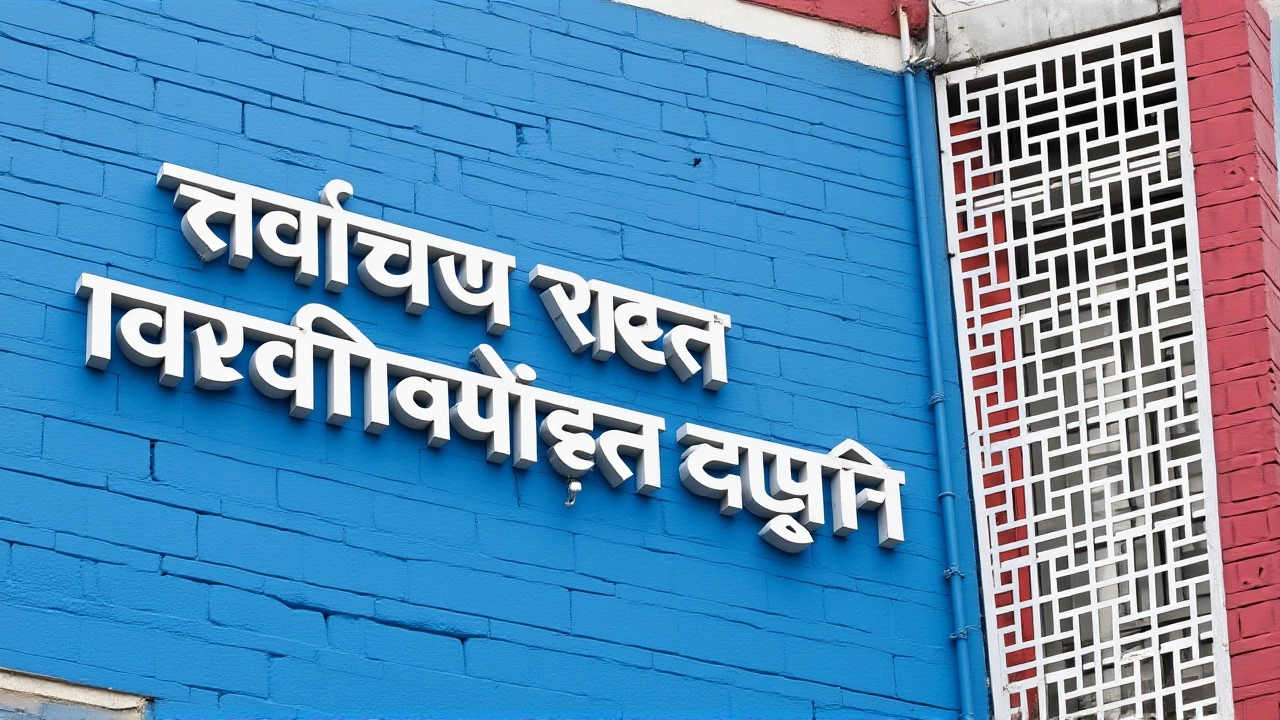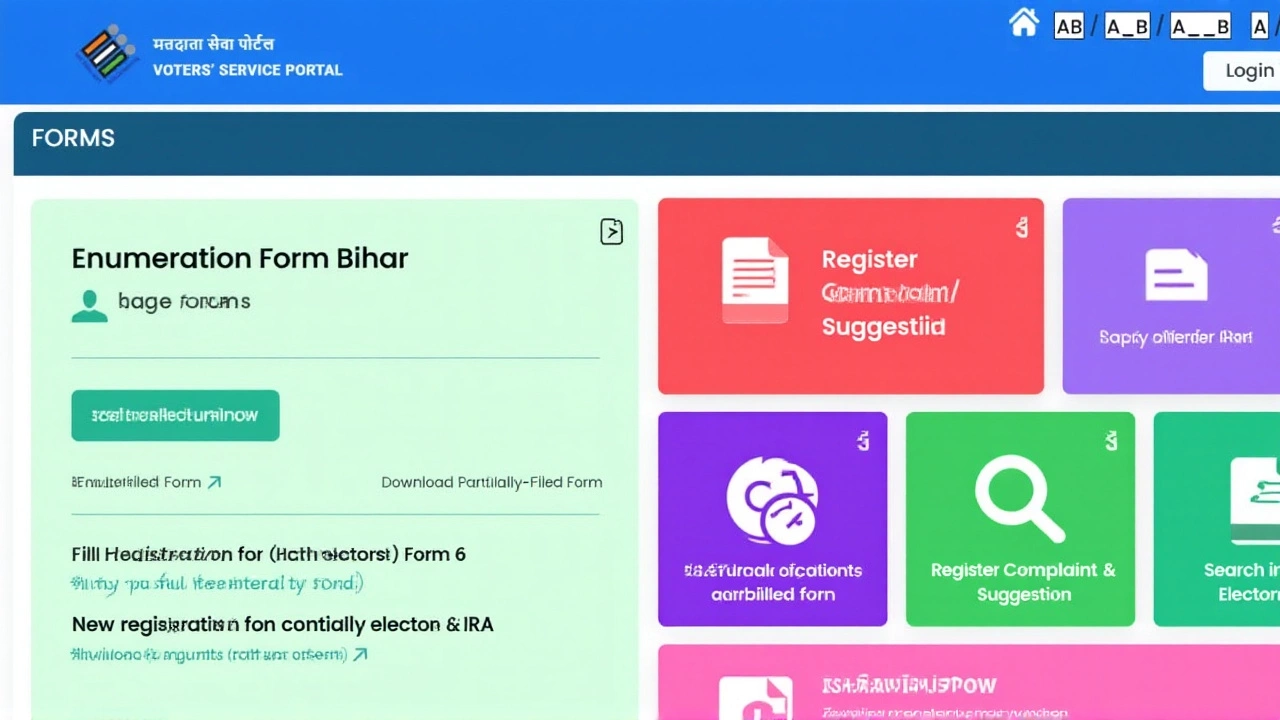The National Democratic Alliance delivered a seismic political shift in Bihar on November 16, 2025, clinching 202 out of 243 assembly seats in a landslide that redefines the state’s power structure. The Bharatiya Janata Party emerged as the single largest party with 89 seats, while its long-time ally, the Janata Dal (United), added 85 — a stunning comeback after years of voter fatigue. Together, they’ve locked down a supermajority, handing Nitish Kumar his fifth term as Chief Minister and crushing the ambitions of Tejashwi Yadav and the Mahagathbandhan coalition. The vote count, completed at 8:00 AM IST across Bihar’s counting centers, ended months of tension, campaign trails, and whispered fears about anti-incumbency — and it didn’t go the opposition’s way.
A Victory Built on Governance, Not Grit
What made this win different? It wasn’t just charisma or rallies. It was the quiet, persistent work of welfare schemes, women’s self-help groups under Jeevika, and a campaign that hammered home stability over spectacle. The Election Commission of India reported a voter turnout of 62.4%, the highest in a decade, with women turning out in record numbers — especially in rural pockets like Bhojpur, Rohtas, and Gaya. According to The Times of India, these voters didn’t just show up; they decided. They backed parties that promised clean water, safer streets, and consistent subsidies — not slogans. Nitish Kumar’s JD(U), despite nearly two decades in power, didn’t just survive — it thrived. And the BJP? It didn’t just hold its ground; it expanded its footprint in places like Purnia, Madhubani, and Bhagalpur where it had barely cracked double digits in 2020.
The Winners: Names That Defined the Night
On election night, names like Samrat Choudhary and Sanjay Singh (Tiger) became household figures. Choudhary won Tarapur by a staggering 45,843 votes — the largest margin in the state — defeating RJD’s Arun Kumar with over 122,000 votes. Singh, a former gangster turned politician, held Arrah with 94,201 votes and a 19,581-vote lead. Then there was Chirag Paswan, whose Lok Janshakti Party (Ram Vilas) jumped from just one seat in 2020 to 19 this time. His victory in Jamui and Dumraon wasn’t luck — it was a masterclass in caste-based mobilization and youth outreach. Even first-time entrants like Maithili Thakur, who unseated RJD’s Binod Mishra in Alinagar by 11,730 votes, signaled a generational shift — one that favored competence over lineage.
The Collapse of the Opposition
The Rashtriya Janata Dal didn’t just lose — it imploded. With only 25 seats, it marked its second-worst performance since 2010. Tejashwi Yadav’s campaign, built on youth unemployment and migration, failed to resonate. Why? Because voters didn’t see a plan — they saw infighting. NDTV’s post-election analysis captured it bluntly: “Seat sharing disputes, inconsistent messaging, unclear leadership and friendly fights absolutely hurt the alliance.” The Indian National Congress, once a pillar of opposition, won just six seats. Rahul Gandhi’s August tour, meant to spotlight voter list irregularities, faded into background noise. Kanhaiya Kumar’s padyatra, though heartfelt, couldn’t compete with the NDA’s ground-level machinery. Even the CPI(ML) and CPI(M), which had hoped to capitalize on left-wing discontent, managed only three seats combined.

Women as Kingmakers — And Why It Mattered
Here’s the twist: the real story wasn’t in the big rallies. It was in the village panchayats, the Jeevika self-help groups, and the women who walked miles to vote — often with their children in tow. The Times of India called them “true kingmakers,” and they were right. Over 68% of women voters in districts like Siwan, Katihar, and Nawada said they chose candidates based on “delivery of services,” not caste or charisma. Schemes like free LPG, sanitary napkin distribution, and road connectivity under the NDA’s governance model didn’t just win hearts — they changed voting patterns. For the first time in Bihar’s history, women’s preferences became the decisive factor in over 70% of constituencies where the margin was under 10,000 votes.
What This Means for National Politics
This isn’t just a Bihar win. It’s a national warning shot. The BJP’s ability to hold its own in a state where it’s not the dominant cultural force — while letting JD(U) lead — proves its coalition strategy still works. Nitish Kumar, once seen as a fading relic, has repositioned himself as the indispensable kingmaker. And for the opposition? The message is clear: charisma alone won’t cut it. You need structure. You need delivery. You need to stop fighting each other. With the 2026 Lok Sabha elections looming, this result has already triggered panic in Delhi’s opposition corridors. The Congress is now quietly reviewing its Bihar strategy. The RJD is holding emergency meetings. And the NDA? They’re already drafting their next playbook.

Historical Context: A Political Rebirth
Recall January 2024, when Nitish Kumar abruptly broke ties with the Mahagathbandhan and rejoined the NDA. At the time, many called it a desperate move. But by aligning with the BJP, he gained access to central funds, better infrastructure spending, and a disciplined campaign apparatus. The JD(U) didn’t just survive the anti-incumbency wave — it rode it. In 2020, JD(U) won 43 seats. In 2025, it won 85. That’s not a recovery. That’s a renaissance. Meanwhile, the RJD’s vote share dropped from 28.7% in 2020 to 22.1% — a collapse that will force internal soul-searching. And while AIMIM won several seats in Muslim-dominated areas, its influence remains localized. The real story? The decline of identity politics in favor of performance-based voting.
Frequently Asked Questions
How did Nitish Kumar win despite being in power for nearly 20 years?
Nitish Kumar won by rebranding his governance as stability amid chaos. He focused on infrastructure, women’s welfare programs, and consistent delivery of subsidies — not just promises. Voters rewarded results over nostalgia, especially in rural areas where Jeevika and panchayat empowerment created loyal constituencies. His alliance with the BJP also unlocked central funds, giving him leverage local rivals couldn’t match.
Why did the RJD lose so badly despite Tejashwi Yadav’s youth appeal?
Tejashwi’s campaign was marred by internal disarray — seat-sharing conflicts with Congress, unclear messaging, and a failure to connect with women voters. While he focused on unemployment and migration, the NDA countered with tangible schemes: free gas cylinders, rural roads, and digital job portals. Youth didn’t vote for slogans; they voted for outcomes. The RJD’s reliance on caste mobilization backfired as voters prioritized governance over identity.
What role did women voters play in the NDA’s victory?
Women voters were decisive in over 70% of close constituencies. Empowered by panchayat reservations and Jeevika self-help groups, they prioritized safety, healthcare, and daily welfare over symbolic politics. In districts like Gaya and Rohtas, women’s turnout exceeded men’s by 8-10%, and their preference for NDA candidates was tied to consistent service delivery — not party loyalty.
How did Chirag Paswan’s LJP(RV) bounce back from just one seat in 2020?
Chirag Paswan rebuilt his base by focusing on youth outreach, caste consolidation among the Kurmi and Koeri communities, and strategic alliances with local leaders. He avoided direct clashes with the BJP, positioning LJP(RV) as a regional force with national backing. His campaign used WhatsApp and local influencers to spread messages — a tactic the RJD ignored. The result? A 19-seat surge, making him the biggest gainer of the election.
What does this mean for the 2026 Lok Sabha elections?
The Bihar result signals that the NDA can win even in non-urban, non-Hindi heartland states by combining local leadership with central resources. The BJP will likely replicate this model in Jharkhand and Uttar Pradesh. For the opposition, it’s a wake-up call: without a unified strategy, disciplined messaging, and real policy delivery, no amount of charisma will save them. The Congress is already scrambling to rebuild its Bihar unit.
Were there any surprises in the independent candidates’ performance?
Yes. Eleven independents won seats, mostly in areas where local leaders had strong caste or community ties but no party backing. Notably, three independent winners in the Mithila region secured over 40% of the vote, suggesting deep dissatisfaction with both major alliances. Their presence could force coalition negotiations post-election, especially if the NDA seeks to pass contentious bills requiring cross-party support.
